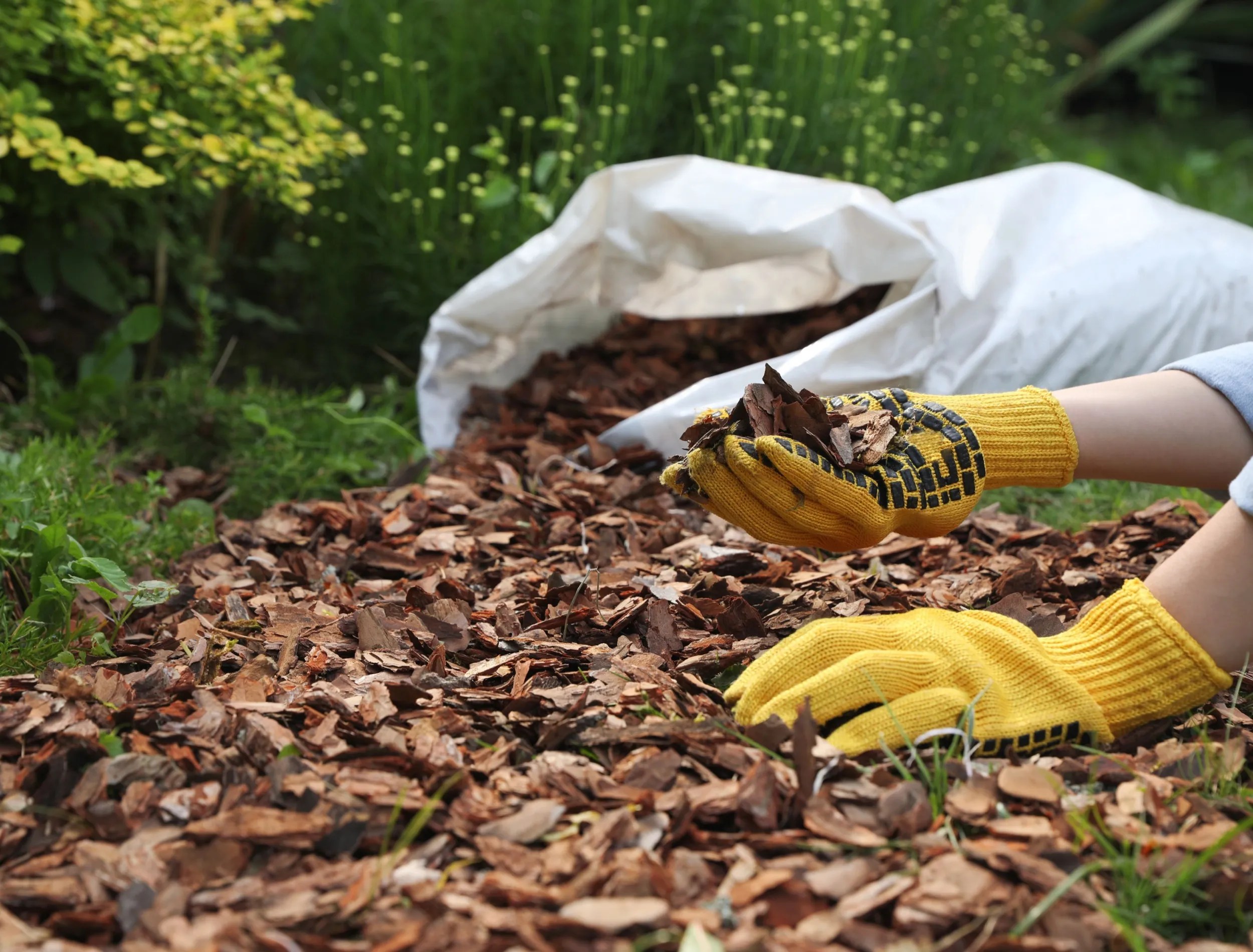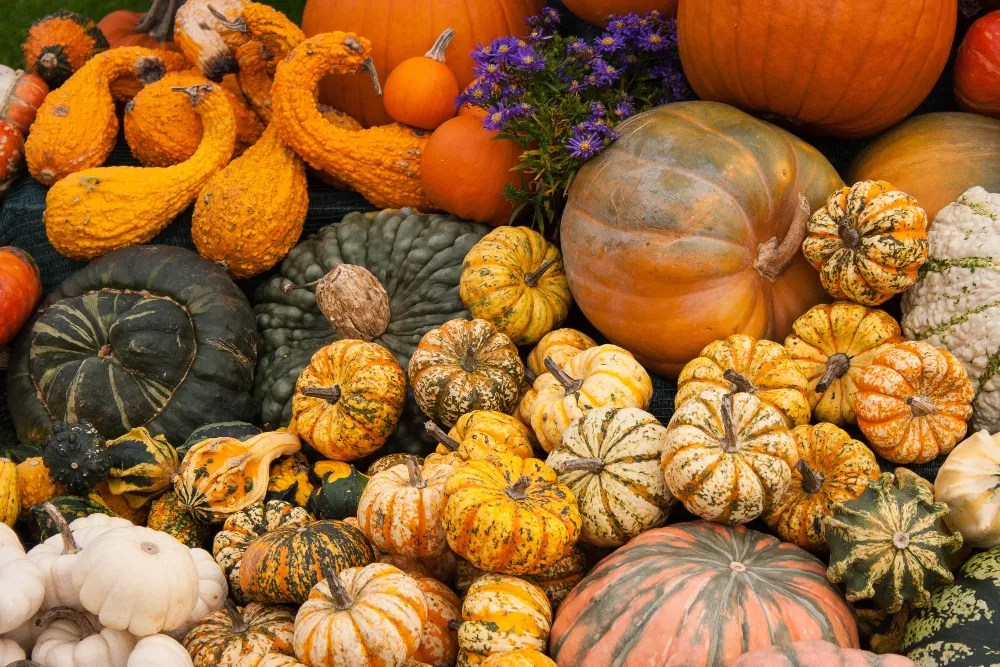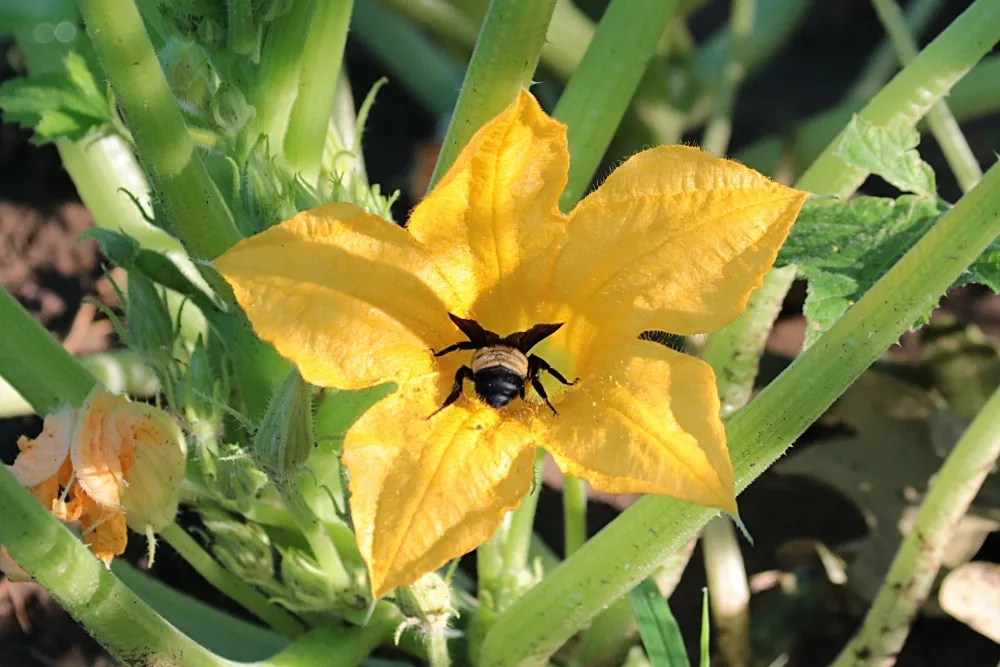Related
Squash is a various vegetable with different physique , sizes , pattern , and colors . It is a prolific craw , whether grow in - terra firma or in containers . Plan your summertime garden this year with yourfavorite squash varietyin a toilet , and cultivate this alimentary - rich vegetable at place . These nine peak will help you achieve splendid squash !
Winter vs Summer Squash
Image Credits : Sabine Nolting via Pexels
Although both wintertime and summer squash variety need a similar maturate environment , there are some differences that you must know .
Summer squash plants are summary and shaggy-coated and are eaten as immature yield when the soft tegument can be prick with your fingernail . you may store them but only for up to a week or two . democratic summer varieties you’re able to grow in pots let in zucchini and chicken squash .

Winter squashplants are vining . However , some semi - bush miscellany are available for growing in containers . They can be put in for up to six months . They have a longer arise period than summertime varieties , giving them harder , inedible skin ( except for ' Delicata ' and Sweet Dumpling ) . Acron , autumn pumpkin , and butter-flower are plebeian wintertime squash varieties .
Pick the Right Spot for Containers
epitome credits : blumenbiene via Openverse
You will need large container of about 5 to 7 gallons per plant with a depth of around 11 to 24 inches for grow squash racquets at home . So , you must get the best position for thebig containers . Choose a place with adept sun photo ( at least six 60 minutes of direct sun ) .
Let your imagery and creativity guide you while choosing the type of container . you may repurpose trash bag , whisky barrels , or 5 - gal buckets to house your maturate squash racquets . There ’s also the option to go with a traditional Lucius Clay or ceramic pot . The option is yours !

However , materials like plastic and ceramic will retain moisture for longer hours as compare to material like terracotta , which means you will not have to water the squash rackets plants as oftentimes . But keep an heart out for signs of waterlogged ground .
observe : No matter which container you take , ensure that it has drain holes to take into account excess H2O to menstruate out .
Prepare the Soil
Image credits : Teona Swift via Pexels
squash rackets grow well in ground with apH between 6 and 7.5 . Provide loamy , well - draining grunge for your squash rackets plants . It should be full-bodied in constitutive subject , so add well - decompose manure or compost into the stain .
As your summertime mash begins to blossom , side - dress each plant with 1/2 cupful of 10 - 10 - 10 fertiliser . In the case of wintertime squeeze , apply 1/2 loving cup of 10 - 10 - 10 fertilizer when the runners start to spread .

Know When to Plant
Image credit : Matthew Ashmore via Shutterstock
Both summertime and winter squash grow in the summer , and can not survive rime . The best metre toplant your seedsin outside container is between recent May and early July when there are no chances of frost . The ground temperature to reserve germination of the seeds should be around 65 to 70 level Fahrenheit . For an early crop , you’re able to start your squash industrial plant indoors from mid to late April and move them outside when the temperatures increase .
Water Is an Important Factor
double credits : Markus Spiske via Unsplash
Water your plants with at least 1 inch of water supply once a calendar week . Since the dirt in container dry out faster , you may require to moderate your plant oftentimes for watering . you could do that by put your finger’s breadth in the soil about an inch deep to verify if the ground is ironical . Also , make certain your container has drain gob to permit the excess piddle to flow through , preclude soggy soil .
lachrymation early in the solar day is the best practice as it give the foliage a chance to dry before the warmth of the afternoon Lord’s Day sets in . This help prevent diseases like scab andpowdery mildew .

Usually , rain is the best for container vegetables , but if it is not readily usable , use water that is not soften or chlorinate .
Pollination Could Be a Concern
mental image Credits : Sheila Brown via Public Domain Pictures
Pollination is necessary for a successful squash harvest . But , there could be a famine ofpollinators in a small gardenor a residential landscape painting setting . So , there are two ways of harness this position . you may hand - pollenate your squash rackets plant or grow plants in your garden to attract pollinator naturally . Here ’s how .
Attracting Pollinators Naturally
If you want to draw in pollinator to your garden , farm more plants that can provide food and nesting habitat for these pollinators . For example , aboriginal flower with unlike shapes , colors , and sizes often draw in pollinators . take down that some cultivar or hybrids do not offer pollen or nectar and hence wo n’t pull pollinators .
Perennials like Hyssopus officinalis and empurpled coneflower and annuals like sunflower , cosmea , and marigold can help attract pollinators naturally to your garden . You should also engraft varietiesnative to your area .
Hand-Pollinating Squash
Every squash works has both male and distaff flowers . The male efflorescence have a stem beneath the blossom , while the female heyday have an green fruit below the flower . First , strip down off the petals of the male peak to uncover the anther , where you will see undimmed orange tree - yellow pollen texture . Similarly , disrobe off the petals of the female peak to reveal the stigma .
Now bear on the anther to the stigma to transfer the pollen grains from the male to the female flower . you could also practice a paintbrush to plunk up the pollen grains from the anther and transfer them to the distaff stigma . One manful flush can pollinate several female bloom .
Protect Squash Crop From Pests
Image credit : Gina Santoria via Shutterstock
Aphids , wanderer mites , and squash hemipteran are plebeian pests thataffect squash plants . you may apply insecticide , specially those made to hold in aphids . manus - pick the insects is also an pick , or you may apply a flow of water supply to lave them away . Always spray insecticides in the evening or latterly in the afternoon to prevent killing pollinator like bees .
you could also handpick insects like squash bugs and vine borers . Also , it is in effect to chuck out the plant residue after harvest to prevent an plague of pests .

Know When to Harvest
persona credit : Khorzhevska via Shutterstock
wintertime and summer squeeze matured at different rate , so you must keep an eye on your plants if you are produce both type . Your wintertime salmagundi will get on within 80 to 120 days , while summertime varieties develop quicker . They will take between 35 to 45 days until they are ready for harvesting .
reap the summertime crush when the yield grows about 4 to 7 in prospicient and has soft skin . The more you hold off , the harder their tegument will get , and they ’ll begin losing flavor . Also , break up summertime squashes often to admit more fruits to grow . you’re able to store summer squash for up to four days at a temperature between 45 to 55 degrees Fahrenheit .

In the eccentric of wintertime squashes , wait until their skin hardens and the stem of mature squash rackets get a corking . Pick the winter squeeze with the stem and store them in a strong , wry situation with a temperature between 80 to 85 degrees Fahrenheit for 10 to 14 24-hour interval . This will help harden their skin and cure any cuts and gelt ( also known as curing ) .
After that , you may store wintertime squash in a teetotal , well - ventilate , cool place with a temperature between 50 to 55 degrees Fahrenheit . keep off keeping winter squeeze near ripening fruit as they release ethylene gas which castrate the entrepot biography of squash .
Try Companion Planting
figure of speech course credit : igorsm8 via Shutterstock
Have you take heed about the three sisters ? The threesome of corn , beans , and squash plant together is called " three sisters " as these plant flourish whengrown together . Corn allow bread and butter to the beans harvest , and beans change over nitrogen from the aura in a form that plants can use . The enceinte leave of the squash works offer shade and deter pests .
Plant one squash come with three corn and two bean seeds in one container and spring up a nutrient - rich garden at your home !

Squash The Gardening Game!
It is time to enjoy new , sanitary , homegrown squash ! If you do not have the space to build a garden , you’re able to still revel your favorite miscellanea bygrowing it in pots . supply the proper grow atmospheric condition and hand - pollinate the flowers if necessary .





